Talking with his uncle one evening this past summer, my friend Jochen heard about how his great-grandfather used to spend many summers up in Juf, Europe's highest permanent settlement.
At 2126 m above sea (6975 ft), the village is at a height of just 6 m below the top of Mt. Pilatus in Lucerne. Back in the day, Jochen's grandfather once paid his own father a visit, riding some 200 km up to the village on a bicycle.
When Jochen told me about his idea, I got excited right away and decided to join him. Our goal was more than to simply visit, but to create a portrait of this town and its people. We found a great partner with Mazda and their Voilà ma Suisse campaign which supported us on our journey to Juf.
Mazda: A great partner.
After two months of planning and researching the town, Jochen and I embarked on our journey with Mazda. We figured a Monday morning when many people ventured back to work after a weekend in the mountains would be a great time to take off... Our car and driver were awaiting us in Thalwil. We arrived with a full suitcase, three backpacks and other photographic and outdoor gear. It looked like it would be a tight squeeze, but the compact, white- metallic Mazda3 was able to hold everything - along with three passengers - comfortably.
By 7:15 AM, we were on the road to Juf. The weather looked promising along Lake Zurich and into Graubünden. After Thusis, however, the clouds started to thicken and we were a little worried about rain - and even snow.
Driving along the narrow mountain roads up to Juf, the colors of autumn were showing in all their glory.
The high Alpine landscape started to give the feeling of driving through Scotland’s Highlands, rather than Switzerland. About five kilometers before Juf, we spotted beams of sun breaking through the cloud cover, illuminating the southwestern slope of the valley.
It's all about timing.
We stopped the car, grabbed our gear and umbrella, and went out to capture the moment. Unfortunately, we missed our window of opportunity as the sky further thickened with clouds, blocking out the sun. Seeing that the sky was rapidly changing but determined to get that shot, we set up camp in the four-degree drizzle and waited for the beams to come back.
As luck would have it, within ten minutes, the heavens once again opened up allowing beams of sunlight to flood into the valley. We got our shot. 500 meters further, we saw the church that serves the entire valley.
But where are the locals?
Having captured the first images, we followed the winding road into Juf – the end of the line. With a population of about 24 people (!), we were hoping to capture the majority of them on camera. However, work and rain meant that a great many inhabitants were nowhere to be found.
We started at Restaurant Edelweiss. The only restaurant in town, it is a popular destination for hikers and skiers, and also offers lodging for those doing multi-day hikes or ski trips lasting several days.
<3>The downside of technology.
The owner of the restaurant told us it had been in the family since 1883. He was curious as to what we were doing in town, and we explained our project and that we had a street view camera on the car. He went on to tell us that a Google car had visited the town several times already in the past year. For reasons he cannot understand, the town has also had a great many journalists coming up to report on it.
Despite the media attention the town has garnered, the owner of the restaurant told us that with everyone checking online weather forecasts and webcams, tourist numbers had dropped substantially. His reasoning was that many nowadays will only head out when the weather is guaranteed to be perfect.
On those days, the village is overrun, he tells us, but on regular nice days that used to attract a steady flow of guests, it is often like a ghost town. The landscape with its heather and moss-covered hills looks beautiful even under overcast skies. And as the restaurateur pointed out, the weather can change quickly and often improves around midday. So, if you are planning on hiking in Juf, pack accordingly but do not let the weather be the only determinant.
The rooftops of Juf.
After having a hot Ovomaltine drink, we set out to climb up one side of the valley to get a picture of the village from above. The weather was still not cooperating, but Jochen settled in and patiently waited for the lighting to improve.
Laying in the moss like a sniper, he had the great fortune to be ready when for a brief ten second window, sunlight illuminated the village making for a wonderful shot.
I turned around to go back to town as I wanted to meet people. My second contact was Domenic Mani, a construction worker who happened to be putting up a new roof. Having made my way through a yard full of chickens and geese to get a better look at what he was doing, I asked him if I could come up and take some pictures of the granite roof. He welcomed me to come up. And so, some 12 years since I last stood on the roof of a construction project, I was walking on the roof of the Alpenrose, Juf’s tallest building.
What a way to see the town from a bird's-eye perspective! The village ordinance says that all roofs must be made of granite. Professionals come in from Italy to install the massive slabs of stone that weigh 300 kg/sq m. The wood and construction work is done by a local company, but finding people who know how to work with natural stone is hard.
Good thing that these roofs will last up to 200 years!
You could have the roof installed and only your great-great-grandchildren would need to worry about having it done over. The first holiday bookings for the newly renovated hotel have already been made. Surely, by then, Juf will be under a deep blanket of snow and guests can count on a white Christmas.
The Alpenrose Vacation Home.
On the roof, I also met Markus Menn, the owner of the Alpenrose. He was there to lend a helping hand in order to get the place finished before Christmas. The first holiday bookings for the newly renovated hotel have already been made. Surely, by then, Juf will be under a deep blanket of snow and guests can count on a white Christmas.
We're finally meeting some locals.
Wanting to meet yet more locals, we went to Bernadette Wilhelm who makes jewelry from local rocks. A few years ago, the Zürich native and her husband made their way to Juf and fell in love with the place. As luck would have it, they were able to buy an old building dating back to the 1600s. Along with her husband, an architect by trade, she set out to remodel the inside to its present state: They have beautifully fused traditional and modern building techniques.
The wood burning stove for heating and cooking was a smart installation as they lose power several times a year. Living in a small town, Bernadette told us that she also makes it a habit to invite neighboring visitors over to cook or heat of their food whenever the power goes out. Up in the mountains, it still pays to have some low-tech appliances.
Small town Switzerland.
Going through town, we stopped by the Juf Lädeli. This small post office and tourist shop is run by the Menn family, one of the main families in Juf. When asked whether we could take her picture, Corina Menn kindly and modestly refused.
Instead, she invited us to take all the pictures we would like inside her shop. It is a fitting shop for such a small town as there is nothing pretentious about the place. And for anyone coming from small town North America, it is a taste of home as it quaintly offers many of life's necessities and has a friendly person behind the counter.
The shop also has an air of do-it-yourself about it, which one is hard-pressed to find in the boutiques of Zürich or St. Moritz.
Knocking on the doors of Juf.
Still not satisfied with the number of portrait photos we had taken, we started knocking on doors. The modest refusals for portraitures were always countered by kind invitations to come in for coffee and a chat. That is exactly what happened as we knocked on Deti's door. Sitting in one of the newest homes in Juf, we were again having a drink with someone who had found her way to Juf - this time thanks to her husband.
Deti told us about building their house, about her work down the valley in restaurants during summer, and working at the ski lift during winter. This past summer, Deti worked as a cow herder in the high pastures. And this is where Juf and Jochen's family history come together again.
On this photograph, Deti and her husband are driving by while doing some work on the farm:
The high Alpine pastures get a different type of sunlight than the flat lands, and the grasses are more varied and full of herbs. This makes it ideal for grazing in the summer, and is also a reason why Alpine milk is so much more flavorful than milk from flatter areas.
In the past and still today, farmers from St. Gallen, Thurgau and Appenzell, as well as from the Rhine Valley, would send their cows to these high Alpine pastures of Graubünden. Jochen’s grandmother used to send her cows to Juf, where they would be taken care of by people like Deti.
We asked Deti if she spent the nights out in the pastures in huts, and she told us that she was always able to come home, being one of the advantages of Juf. Pictured is the type of cattle that lives in Juf all year long.
A Fusion of old and new.
Deti's house is one of the newest in the village. But like Bernadette’s, it is on a lot where there was already a building. Before the house was constructed, there used to be a barn for cows. The modern house incorporates a great deal of the old barn, including the swinging temperature regulator doors in the entrance, which look like the doors to a Wild West saloon.
The hay-skid that is used as a bar top on the kitchen island looks like a prototype of the first snowboard. And the dining room table is wonderfully old and worn, her most cherished piece dating back to the 1400s.
Deti told us to visit her sister-in-law, Dorli Menn, who is the District President (Kreispräsidentin) and a part-time bus driver. With the cutbacks in cantonal spending and the streamlining of governmental administration, Dorli told us that her position had been reduced quite a bit from what it used to be - but that she still enjoys it.
She also told us that recently, Juf had attracted a great deal of attention from German and Austrian media, though she could not put her finger on exactly why. At first glance, the town does not capture one's imagination the way some places like Meglisalp in Appenzell or Mürren in the Berner Oberland do. In fact, it does not even have a church.
Once you spend just a few hours there and see how welcoming the people are, how beautifully barren the land is, and once you recognize the opportunities for high Alpine hiking and ski touring, you start to understand why it is that people are interested in Europe’s highest village.

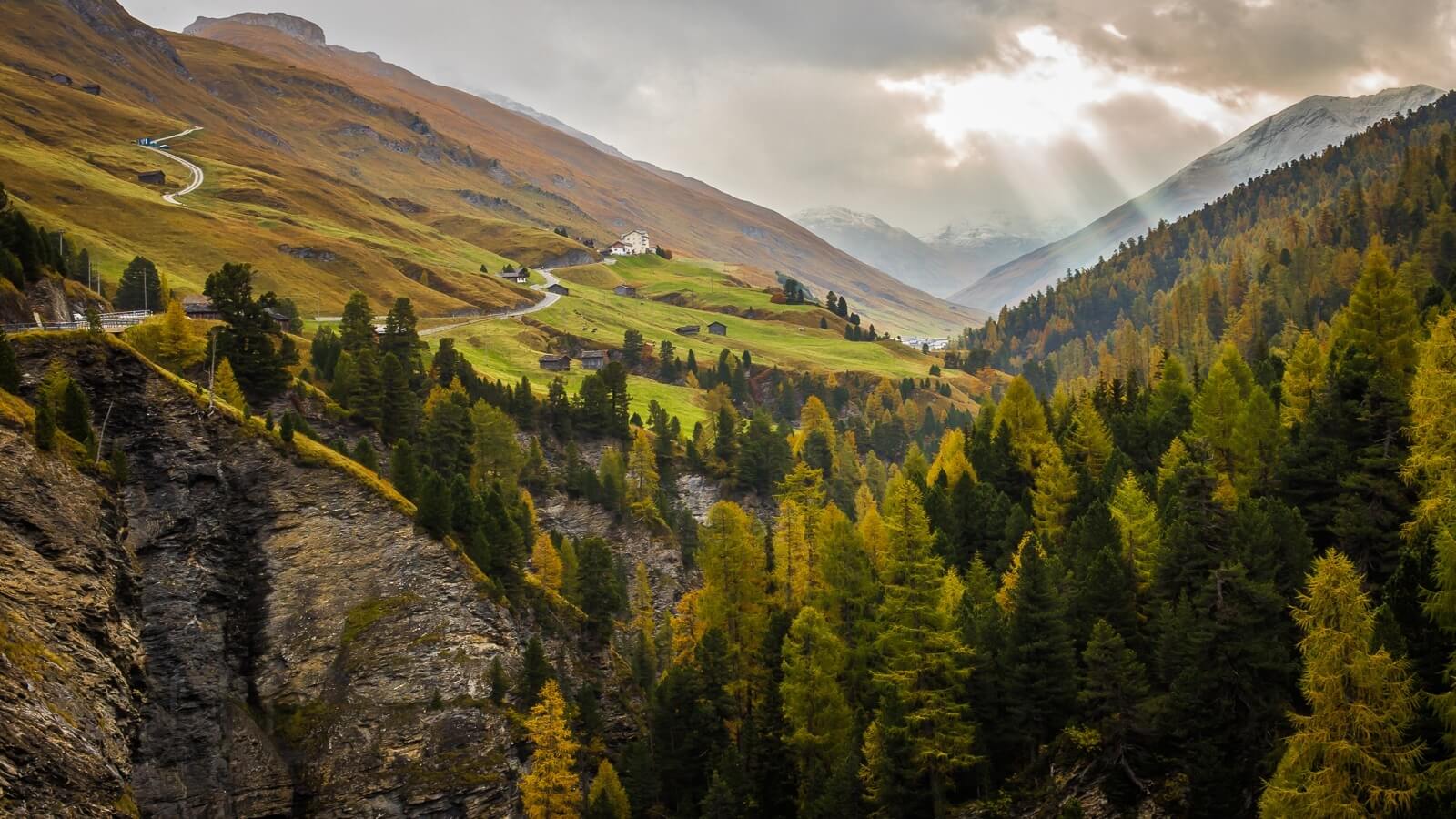
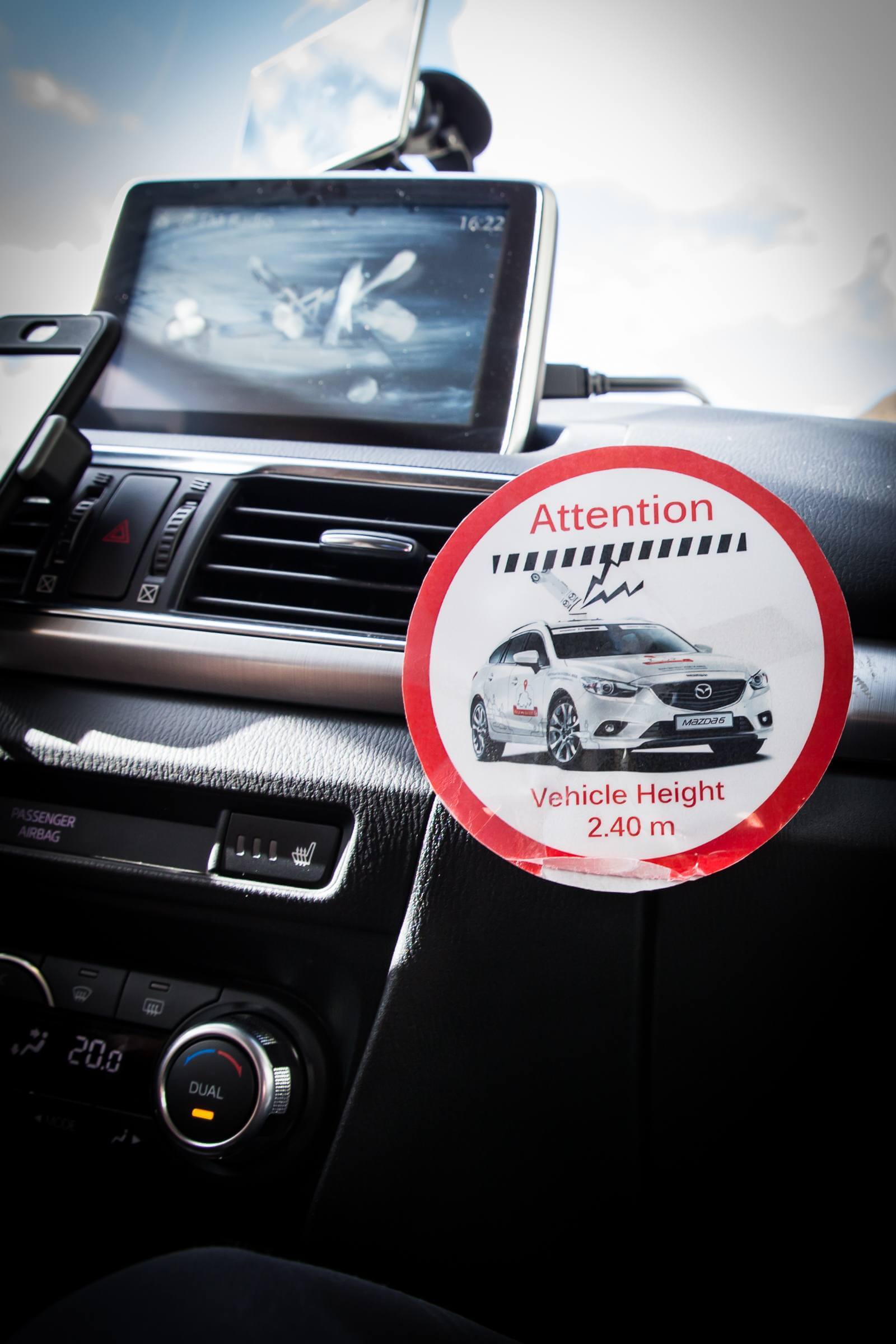
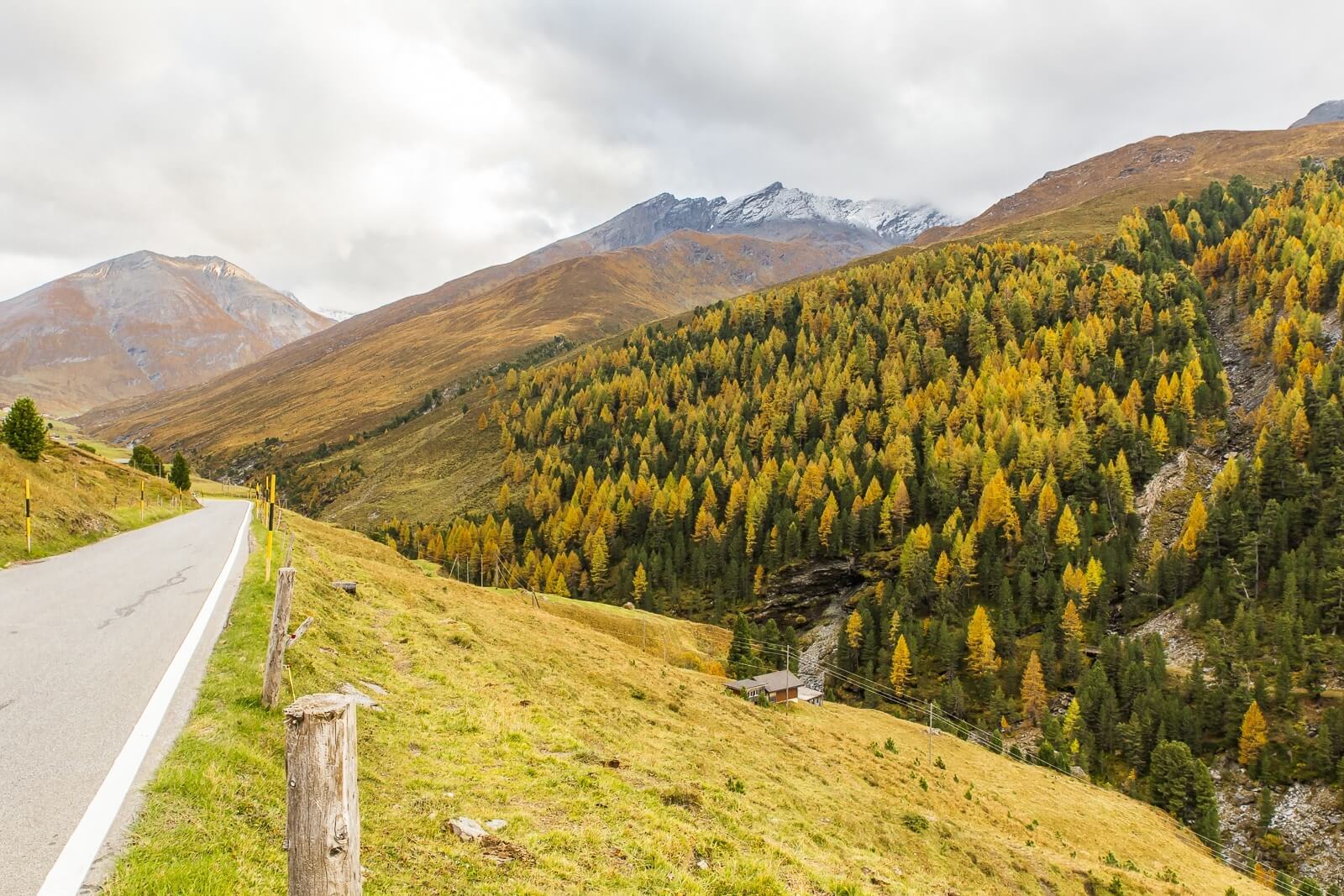

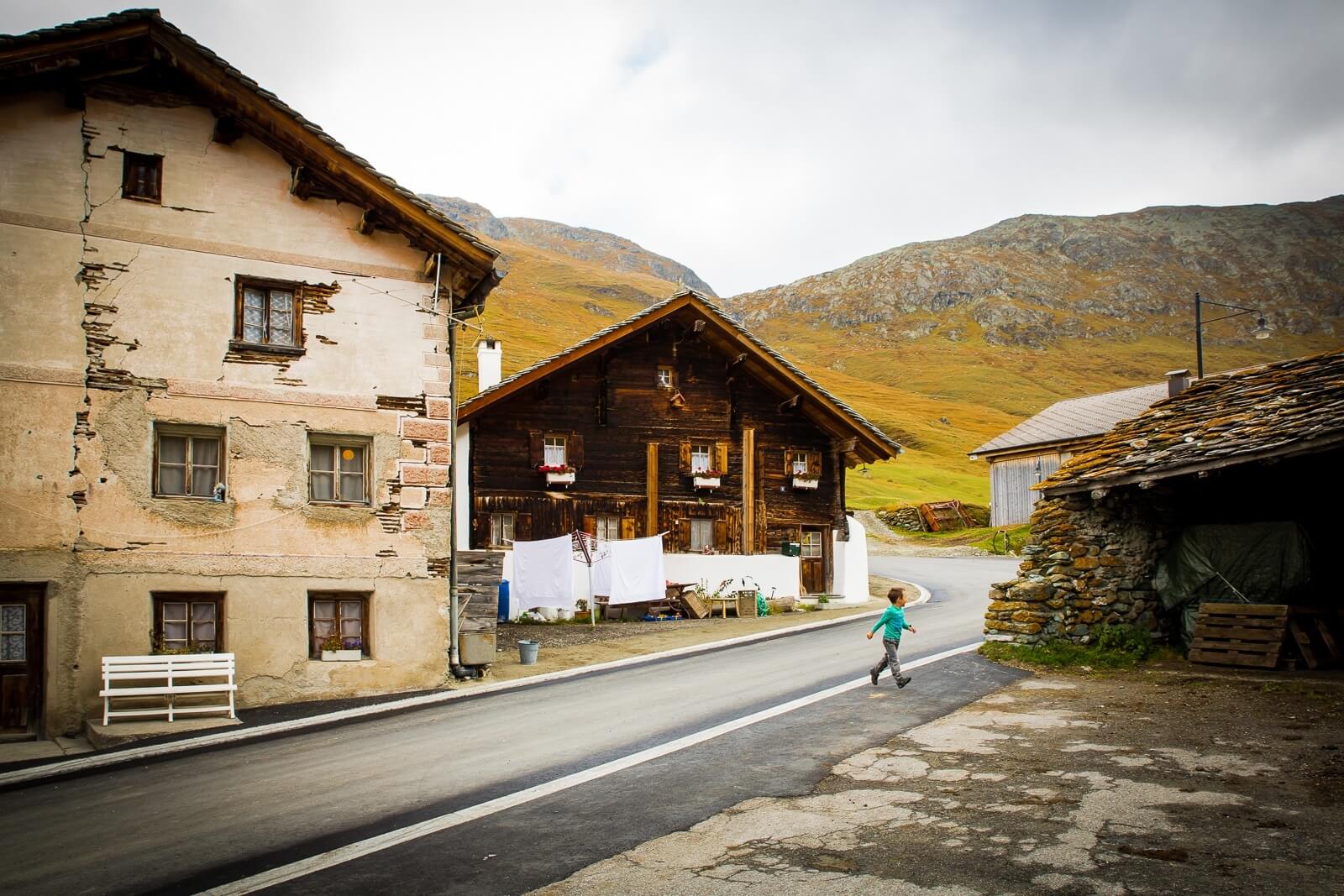

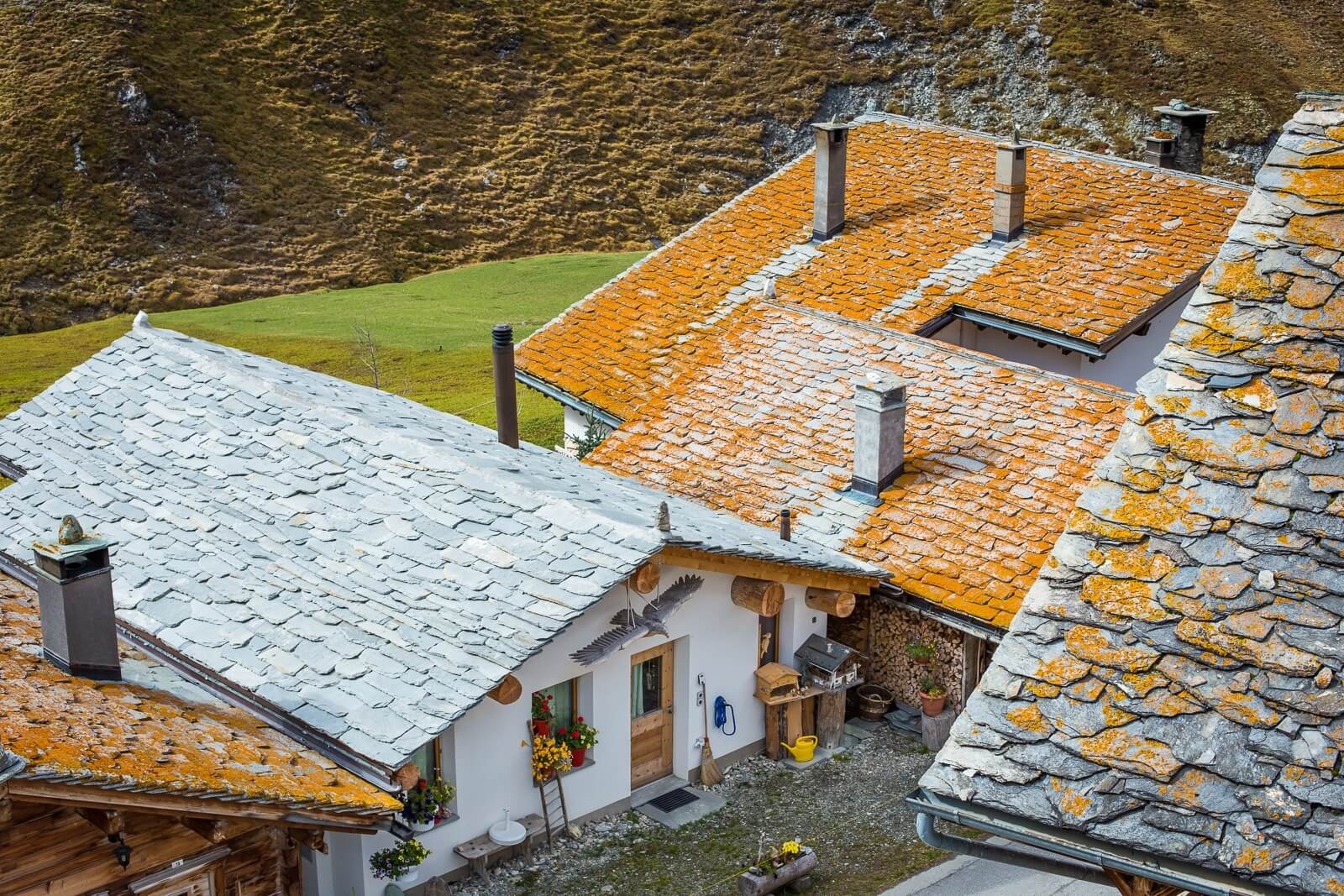
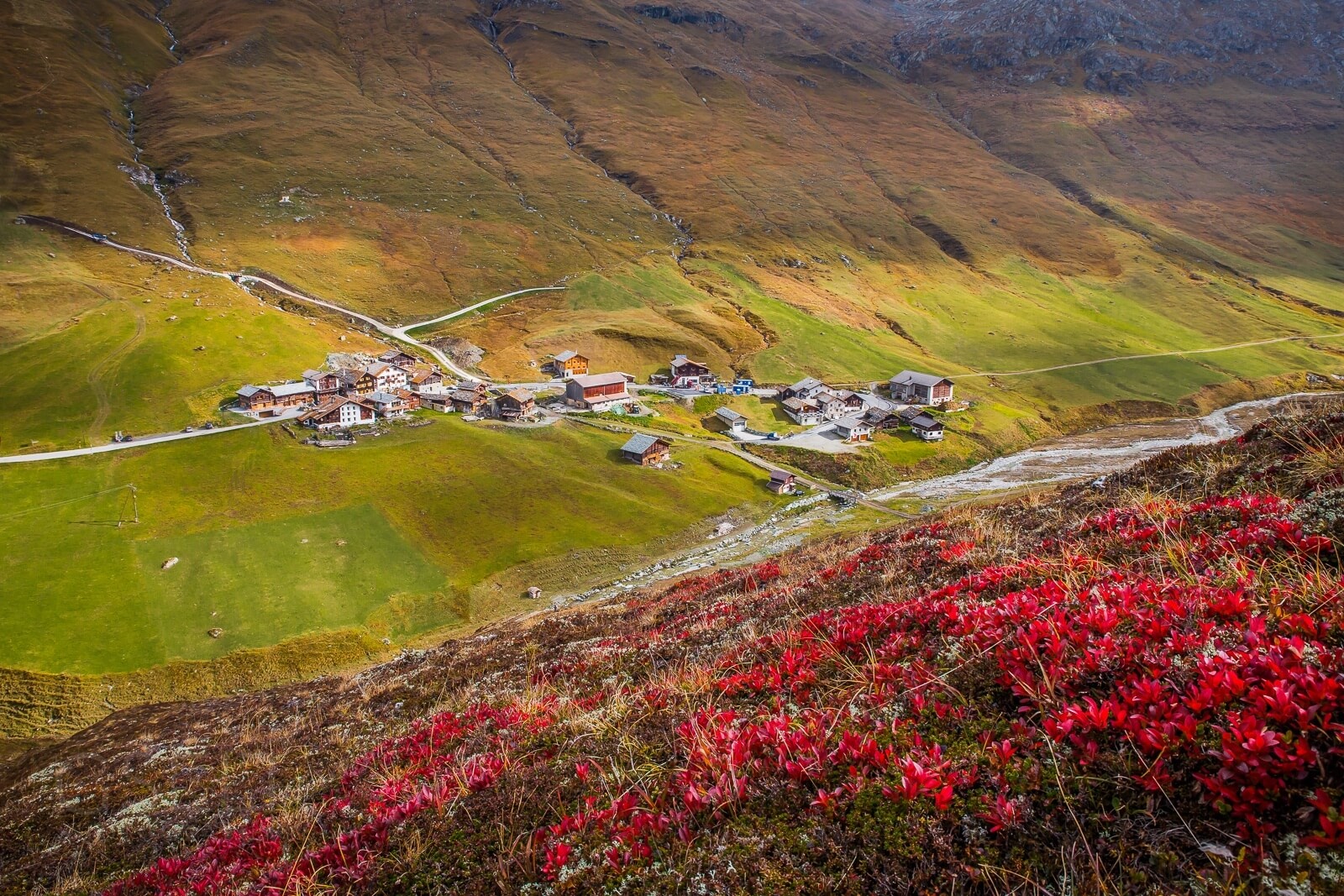
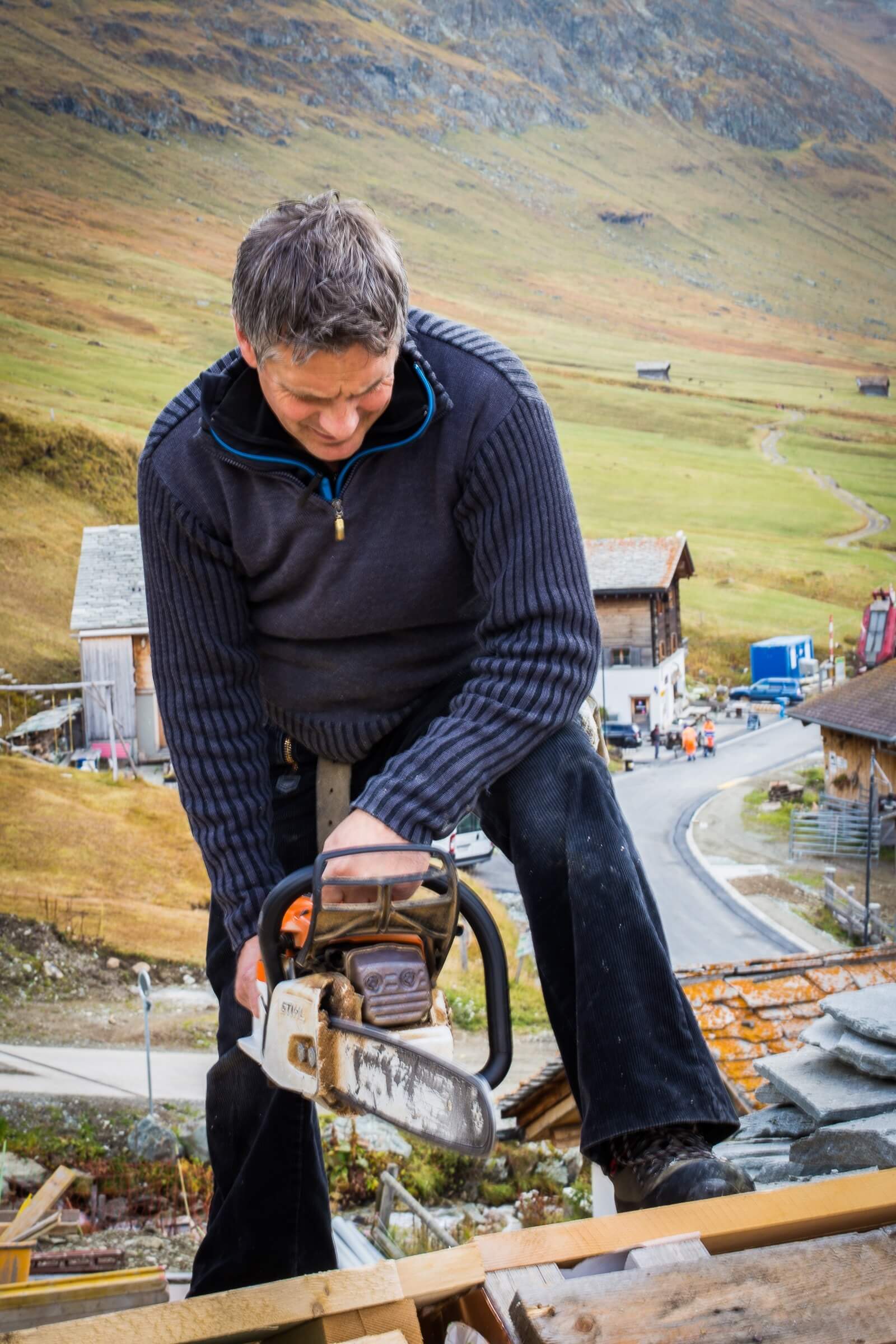

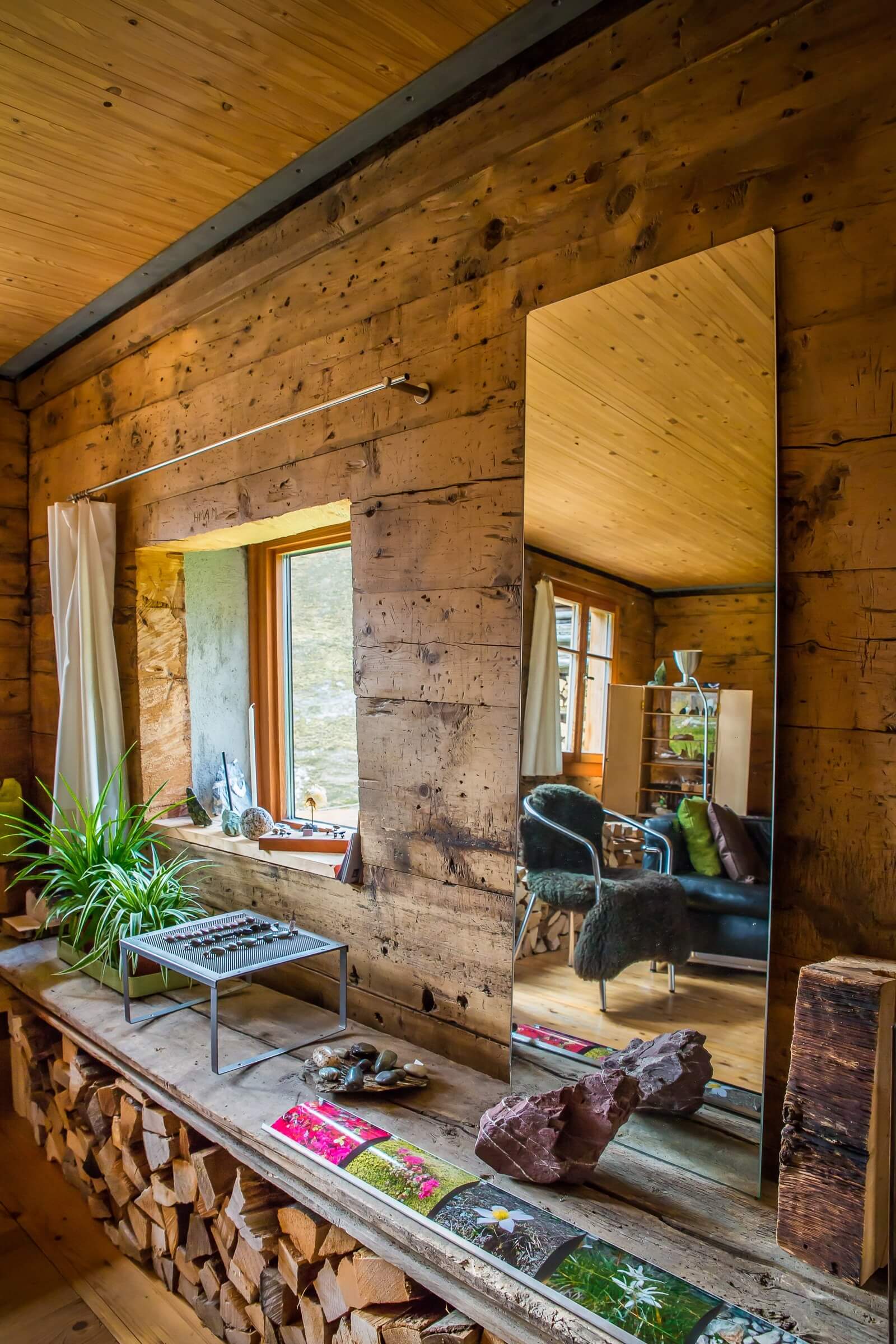
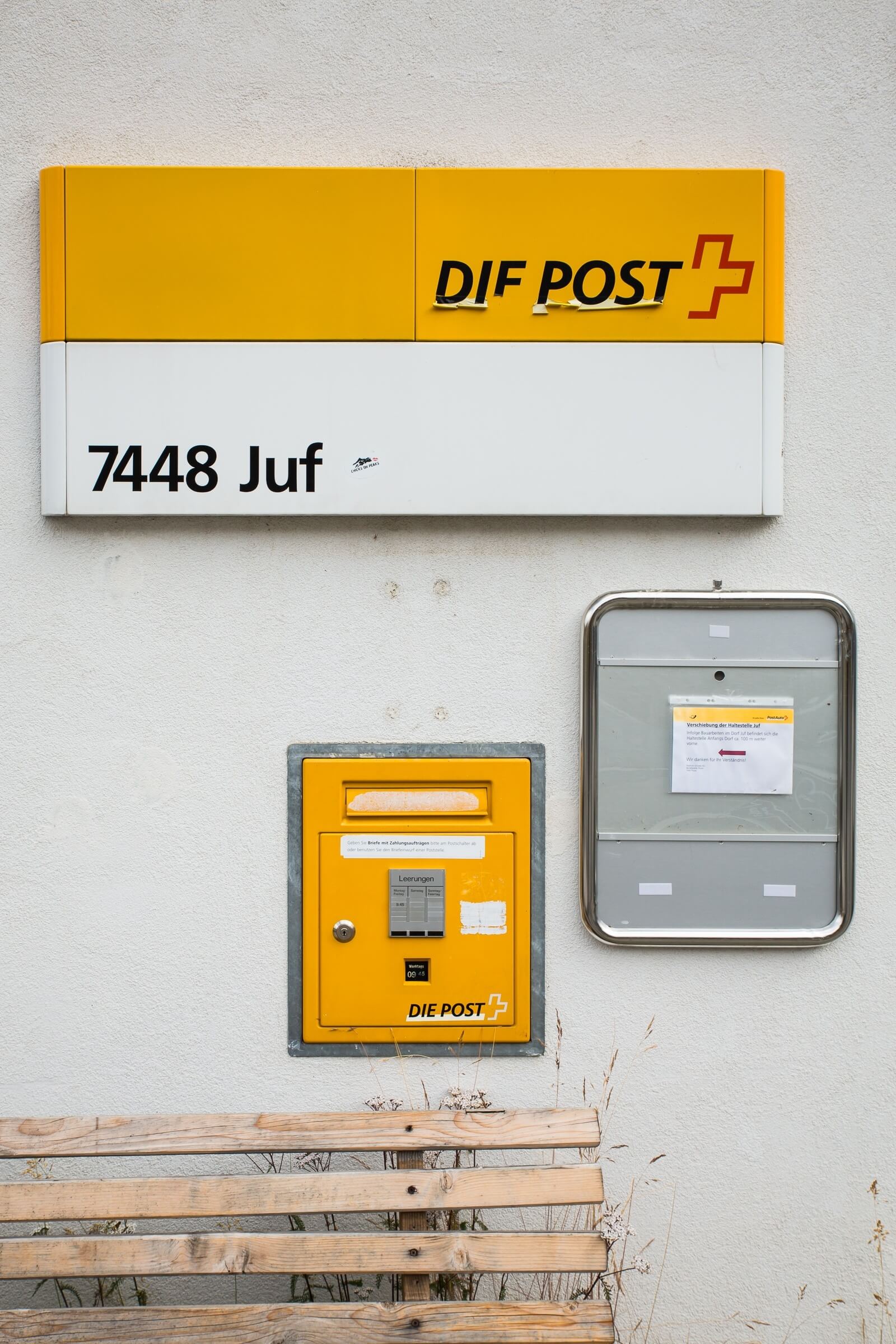


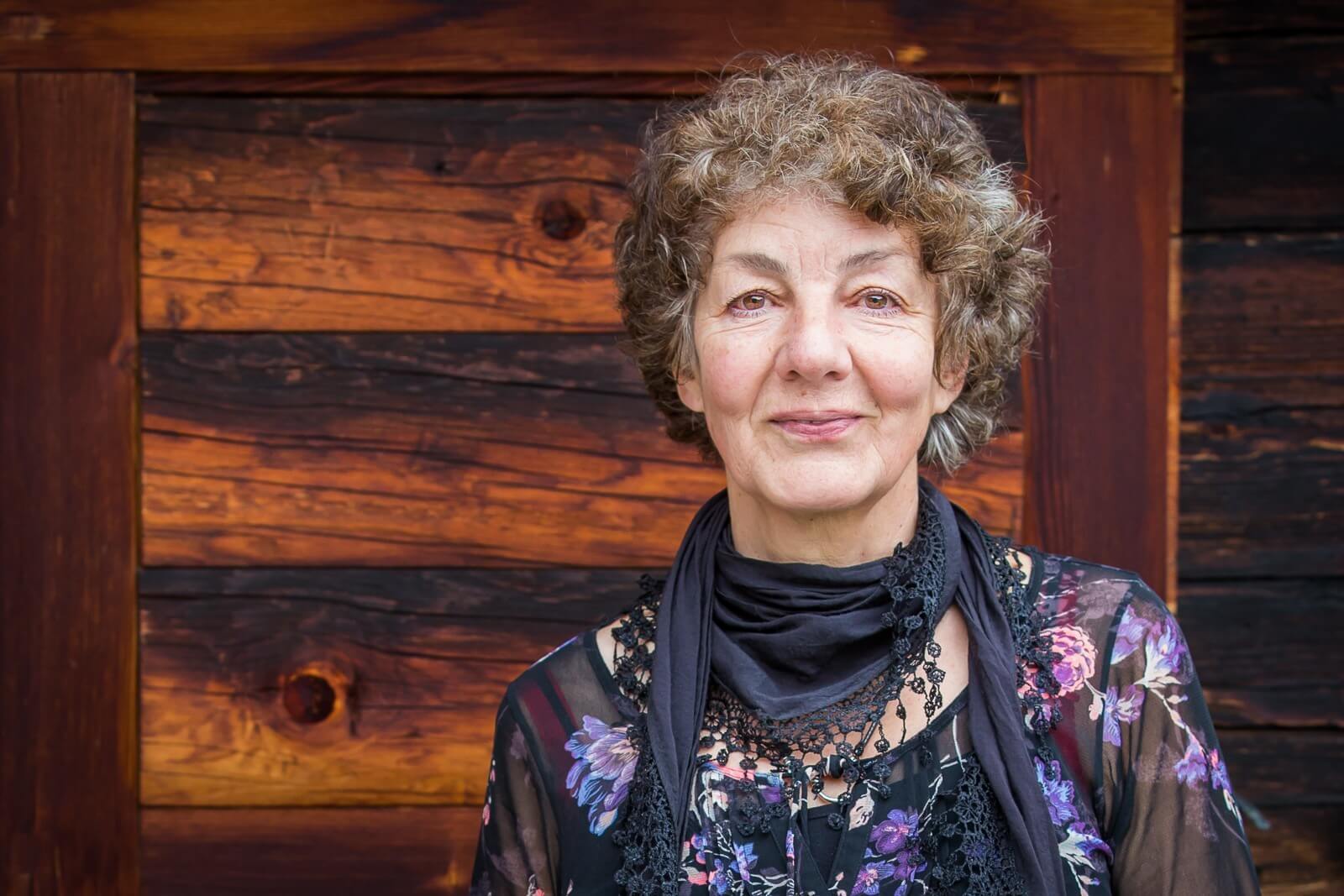
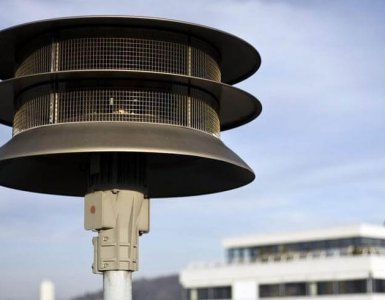
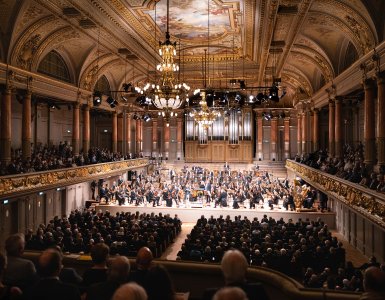
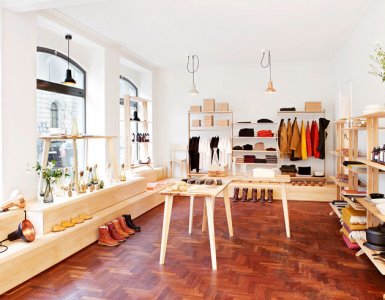

Add comment